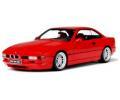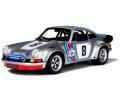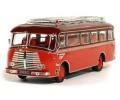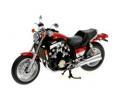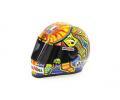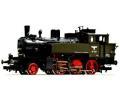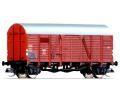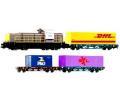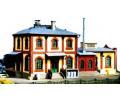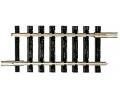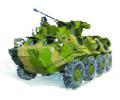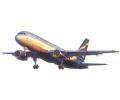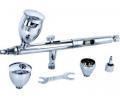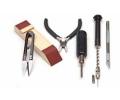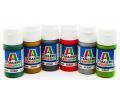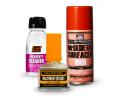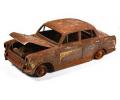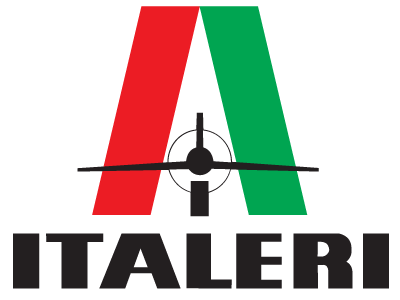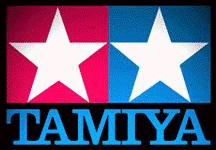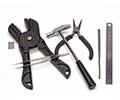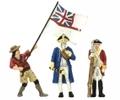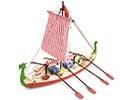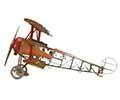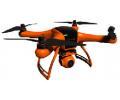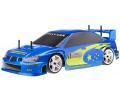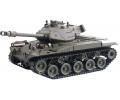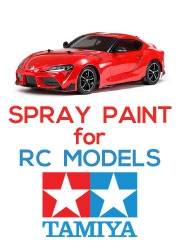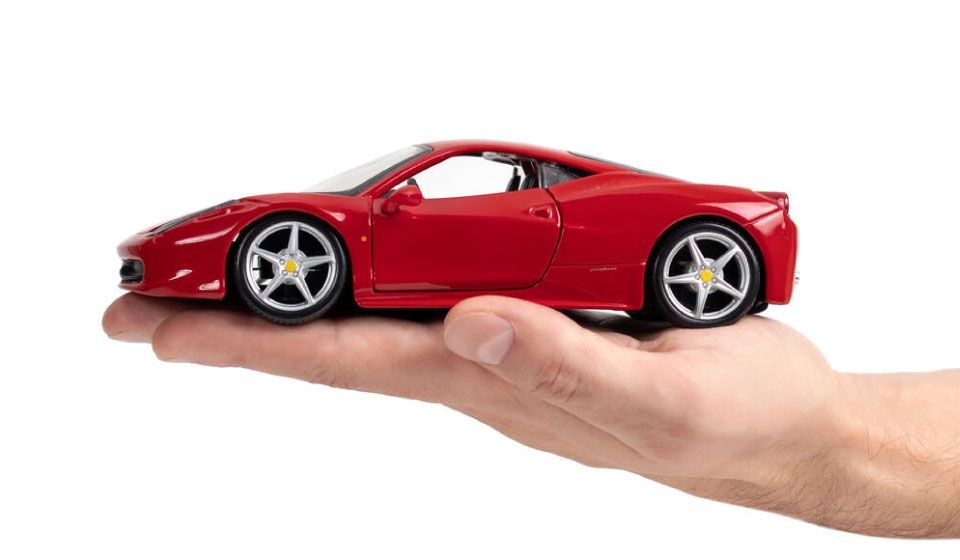Details
1:35 7.5 cm mounted cannon vz.15 / 7.5 cm Gebirgs Kanone M.15
It was a long time tradition for the army of the Austro-Hungarian Empire to use mountain guns, and at the beginning of the 20th century, mountain guns Mark 75 and Mark 99 were widely used. These types, however, were becoming outdated quite quickly because of the rapid development of artillery technology of those times. The Skoda Works in Pilsen, a traditional supplier of artillery armament, had since the beginning of the century been developing several projects of mountain guns with various calibers. When a 7cm Gebirgskanone M.9 had been built in a small production run, a new and heavier caliber (7.5cm) gun was developed, which eventually became to be produced in 1912, mainly on basis of interest from foreign customers. The last production batch of this gun, that had been intended for the Chinese government, was taken over by the Austro-Hungarian Army and put into service as a 7.5cm Gebirgskanone M.14. But, already a year ago those guns had been tested by the military, and requirements for a new model of a mountain gun had been defined. As the First World War broke out, it accelerated everything. Prototype guns with some improvements made on basis of requirements from the military were tested during 1914 and production of the new model followed shortly. The new gun was put into the service with the Austro Hungarian army as a 7.5cm Gebirgskanone M.15. It was possible to dismantle the weapon to six main components that were to be carried by draught animals. Another three horses or mules carried the ammunition shield, the sights, and standby supply of ammunition.
These new guns were used for the very first time at the Italian front in the early stages of 1916. They proved to be much better and more reliable than their Italian counterparts. Over 2000 of these guns were produced during WW1, not only by the original manufacturer but also by Hungarian arsenal works in Gyor, under a license there. The guns were also used by allies of the Austro-Hungarian Empire, Bulgaria, Turkey, and Germany. There were only a very few cases just like this one that Germany took over armament designed and produced abroad and it seems to have shown the qualities of this particular weapon. When WW1 ended, the 7.5cm Gebirgskanone M.15 got into service with Italy and with armies of the majority of countries in Middle Europe and the Balkans. Both the Skoda Works and the Gyor factory kept on producing the gun also after the war. They were used by the army of the Czechoslovak Republic under the designation Horsky kanon vz.15 (or literally Mountain Gun mark 15), in fact, they remained in service since the early days of independent Czechoslovakia right up to its occupation by Nazi Germany. The guns were deployed to artillery regiments as well as to mountain artillery units that were part of so-called field artillery brigades. They were used also in armored trains and Danube fleet boats and in 1938, also as a kind of emergency armament of the border strongholds. As the Czechoslovak Republic became occupied, the majority of the guns were handed over to the Wehrmacht and the rest went to the independent Slovak State.
In German service, these guns were known as the GebK 15(t) and they were used along with ex-Bundesheer weapons of the same type that had been acquired in 1938 following the Annexation of Austria and consequently designated as the GebK 15(o). In the course of WW2, the same weapons fell into the German hands also from Yugoslavia (these were GebK 259(j)), Italy (GebK 259(i)), and Slovakia and were used at the Eastern Front, in the Balkans, and in Italy. The Slovaks operated these guns at the Eastern Front by the side of their German ally and also during the Slovak National Uprising in 1944, but this time against the Germans. Eventually, as the Uprising was defeated, the guns were captured by the Wehrmacht and put into the service.
In the Italian army, captured 7.5 Gebirgskanone M.15 were used at first, with designation Obice da 75/13, later the Italians decided to buy more of them directly from the Hungarian manufacturer in Gyor. These were used during the Ethiopian campaign and also in the Balkans and Africa during WW2. In 1944, some of them were also used against the Germans in Italy. The end of the war did not bring an end of the service for these reliable weapons as they remained with the Italian army well up to the fifties and for an equally long period of time they were used also by Turkey. Among others, the Gebirgskanone M.15 were used also in Albania, Bulgaria, Yugoslavia, Colombia, Poland, Romania, Greece, and Spain.
Parts of the model were designed in 3D and they are pressed in a steel mold. They are distributed into two frames made of grey plastic. The full-color manual offers a cannon in the coloring of the Czechoslovak army, Italy, Austro-Hungary, and Wehrmacht.
Additional Information
| Article No | SHSA35002 |
|---|---|
| Article No of Manufacturer | 100-SA35002 |
| Аvailability | Out of stock |
| Colour | For colouring |
| Scale | 1:35 |
| Manufacturer | Special Hobby |
| Brand | No |
| Series | No |
| EAN | 8594071085513 |
| Material | Polystyrene (plastic). |
| Epoch | 1914-1918 World war I |
| Age recommendation | Not suitable for children under 14 years. |


